by Lavinia Dickson-Robinson
How on earth do you begin to put into a limited amount of words an interview with a man who, in my eyes, and those of practically any music lover, is one of the world’s greatest Rock & Roll photographers of all time?
Born in 1953, O’Regan tried to follow art studies but was denied a place at Ealing Art School (attended by rock legends Freddie Mercury, Keith Richards, Ronnie Wood, Ray Davies and Pete Townshend) as he had not taken his Art A Level; but as the determined young man he was, he insisted on showing them his work and was offered a project to do instead and finally got a place.
Under parental influence though, he moved away from photography and accepted a position in The City. It wasn’t until his mother passed away in 1978 that Denis quit The City for good to become the lens that immortalised most of the music icons of the 20th century, including David Bowie, Pink Floyd, the Rolling Stones, Queen and Duran Duran to mention but a few.
Our Deputy Editor, Lavinia Dickson-Robinson, had the privilege to talk to Denis at his gallery in Hammersmith, London, just a few weeks ago, a conversation no music fan should miss.
I-M: Who gave you your first camera?
D.O’R: I was never given one. I bought a £5 Zenith camera from a friend when I was 21. There was nothing on it, not even a light meter; I had to work it all out myself. I took the Zenith with me on my InterRail trip and took masses of pictures, while becoming totally hooked on travelling. I went past the Arctic Circle down to Budapest and Yugoslavia, then Greece and up to Venice, which was the highlight of my trip. After that I travelled around the South of France. The train comes in high above the bay of St. Tropez. It was so beautiful I thought I had to stay there.
I-M: What did inspire you to be part of the Rock & Roll scene as a photographer?
D.O’R: I was a huge music fan well before I was 10. I made my mother take me to see the Beatles’ Christmas show in 1964 and my interest just carried on, but it was the David Bowie concert that changed it all. I saw him at the Hammersmith Odeon (where I’d seen The Beatles) the night before he retired the Ziggy Stardust character. A lot of future stars were there: Kate Bush, Gary Kemp… all of whom were inspired by the Bowie and Punk era.
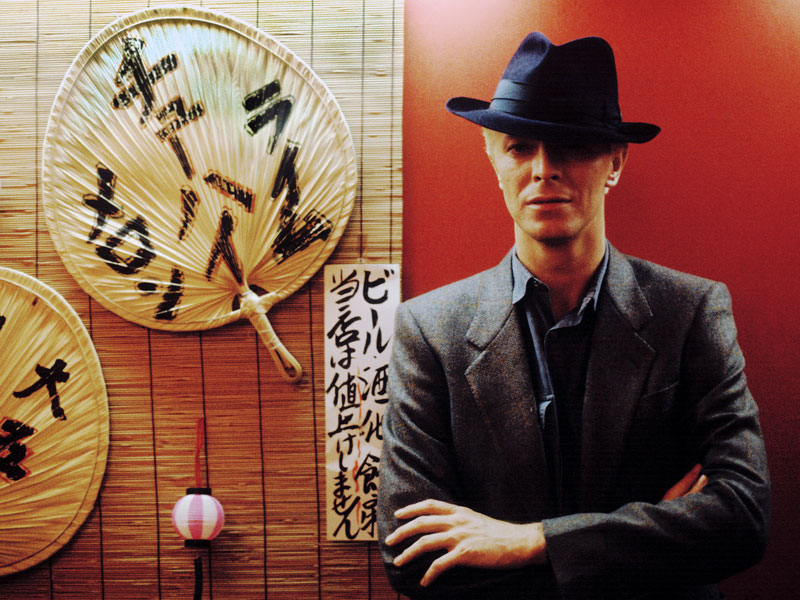
I-M: So how did you become the chosen one?
D.O’R: The irony is that it worked the other way around, I chose it. The first time my pictures were published was after I shot The Dammed at the Hertfordshire School of Art & Design. Everything happened by chance. The Sex Pistols were supposed to play but Malcolm McLaren said they had not gone down very well the previous time at St Alban’s so The Damned appeared instead.
This was a school hall so there was no lighting and I didn’t have a flash. Thankfully, there was another photographer called Chalkie Davies who was shooting for NME and who lent me one. He didn’t like the music so asked me to shoot it and send NME the pictures. It was only The Damned’s third show after their legendary seminal 100 Club show. They made it into all the music papers. At the time, I was still working in The City and was processing film in my bathroom, drying the prints with a hair dryer before going to sleep. I would deliver the prints to NME at lunchtime and get in trouble at work for being late.
As we were all freelancers I had to curate the images myself. When I look back at my contact sheets from that time, I realise I chose the obvious shots. Now I think I may have chosen different images. For instance, there is one of Debbie Harry lying on stage which I ignored back then, and that became an iconic picture over the years.
Chalkie and I became friends. He was sharing a house with Phil Lynott from Thin Lizzy and having just shot one of their most famous album covers, he decided he’d had enough of touring. So when Phil said “we are going off to Scandinavia for three weeks,” I asked to come along. It was amazing watching them play having travelled around Norway and Sweden through deep snow. I loved it. I came back and decided that was it for me: photography, travel, rock bands… I’m off!
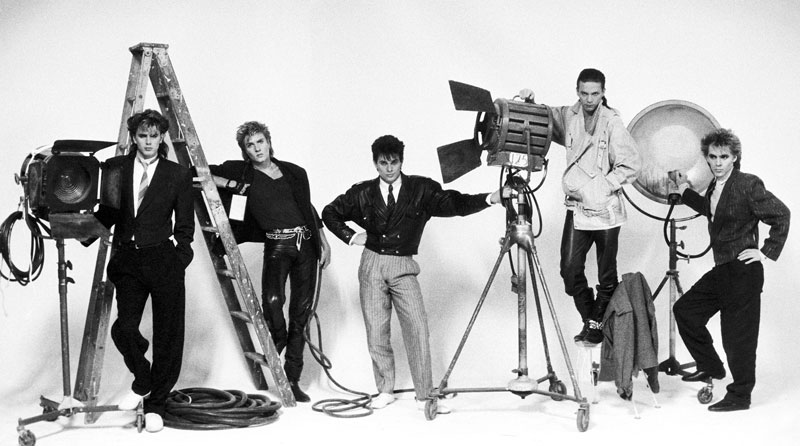
I-M: How long did you work for them?
D.O’R: I did a lot of work with them and a lot of touring in the late 70s.
In places like London, New York and L.A. there was fierce competition. You’d go into the photographers’ pit and there might be 20 of us, so I decided to combine my love of photography with my love of travel and go to less obvious places like Detroit or Gothenburg to shoot shows, where access was easier than it was in London.
In the very early 80s I met John Taylor from Duran Duran, who said he had looked at my pictures in NME on his way to school. Then I started touring with some of the world’s top bands including Thin Lizzy in 1980, 1981, and 1982; David Bowie in 1983, 1987, and 1990; The Rolling Stones in 1982; Duran Duran in 1984; Spandau Ballet and Neil Diamond in 1985; Queen in 1986; Pink Floyd in 1994; and KISS in 2008.
I-M: You were appointed official photographer for Live Aid at Wembley Stadium in 1985. It must have been an amazing experience, wasn’t it?
D.O’R: Yes it was. I also worked with Bob Geldof producing the commemorative book and was official photographer for Live8 in Hyde Park in 2005.
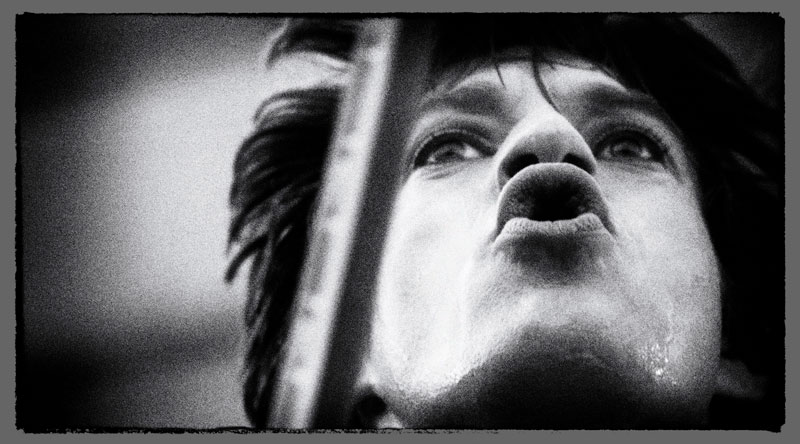
I-M: From all the artists you have worked with, would it be fair to say David Bowie was your favourite?
D.O’R: Probably. I went on two world tours with him which took eight months each. He hadn’t toured for five years before the 1983 Moonlight tour. So for the 12 years between 1978 and 1990 I covered all his shows, around 200 of them. The 1983 book published by Penguin in 2018 was a huge success, not just as a hardback but also as a limited-edition boxed set containing five books, limited edition vinyl and fine art prints. The books document Bowie’s most successful year following the release of his “Let’s Dance” album.
David and I were close, but of course we bickered and fell out occasionally as it is bound to happen when you work so closely with anyone; but he was the focus of my attention, yes. The difficult bit was creating “Ricochet” in 2018, after David had died. For this boxed set I had to go through all the material on a monitor in his New York office and got a bit ‘David blind’. This was the first product to feature the David Bowie estate stamp, and it has been entered into the Victoria & Albert Museum’s permanent collection in London.
I-M: What about The Rolling Stones,
how was working with them?
D.O’R: In 1981 I had gone out to America due to the competition in London, to photograph Alice Cooper and The Stones, and while I was there, a friend got me a pass for an 80,000 seater Stones show in Detroit. So I jumped into the pit with all the other photographers but was caught and thrown out by a beautiful Amazonian looking girl.
The following year I was in Aberdeen airport and that same girl was there! She remembered me because she said that I had been very polite despite her throwing me out. It turned out she was Alvinia, Mick’s PA and PR on the tour, although I didn’t know that at the time. A week later, I was in Rotterdam, in a 65,000 seat stadium and had to call her to sort out my photo pass. She told me there were 75 other photographers at the show and I decided to ask her if there was an official one. There wasn’t so I offered. She replied that she would ask the band, the most magical words in my career so far.
Alvinia called back and said that the band had agreed for me to do that da’s show only but I ended up doing another one and another one after that… One day on the private jet, Alvinia came to tell me that my time was over. I pushed it and said that Keith had looked at my pictures but Mick hadn’t. Then Mick came to chat to me and that was my audition. I stayed the full four weeks till we got to Wembley, but he had’t looked at my pictures yet! So I went into Mick’s dressing room and told him so. He replied, “how remiss of me” with that twinkle in his eye so typical of Jagger. I asked him if I could stay with them until he did and he said I could. That meant staying for the four remaining weeks of the tour.

I-M: Your work includes very famous album covers like Queen’s Live Magic, Live at Wembley’86; Pink Floyd’s P*U*L*S*E; and Sting’s Bring on the Night among many others; as well as books like David Bowie’s Serious Moonlight world tour and Duran Duran’s Sing Blue Silver. What are you working on at the moment?
D.O’R: Several things actually. Last year I covered a number of stadium shows with Bon Jovi and I hope to do some more work with them this year. I also covered Le Mans 24 hour race, having recently signed a partnership with Aston Martin for a series of co-promoted limited edition books. I am preparing another book and event, this one curated by Duran Duran’s John Taylor.
I will soon start working on my next David Bowie book, covering his 1987 Glass Spider tour. I want to tie this one to Berlin, as he lived there for quite some time and loved it. He and I visited his old flat in East Berlin, Hansa Studios, where he’d recorded Heroes, and many other places. I remember his show by the Berlin Wall in front of The Reichstag, the German war headquarters, with thousands of people gathered on the East side to hear him play.
I will be also shooting Italian legend Gianna Nannini’s first stadium show in Florence, her home town, followed by an event and exhibition at the gallery. Her brother was a Formula 1 driver and she’s an Italian icon, still performing arena shows across Italy. I have a huge archive, and there’s still much to do for people to see. I’d like to produce as many books and exhibitions as possible in order to bring that history to them.
www.denis.uk
Gallery:
271 King St. London W6 9QF







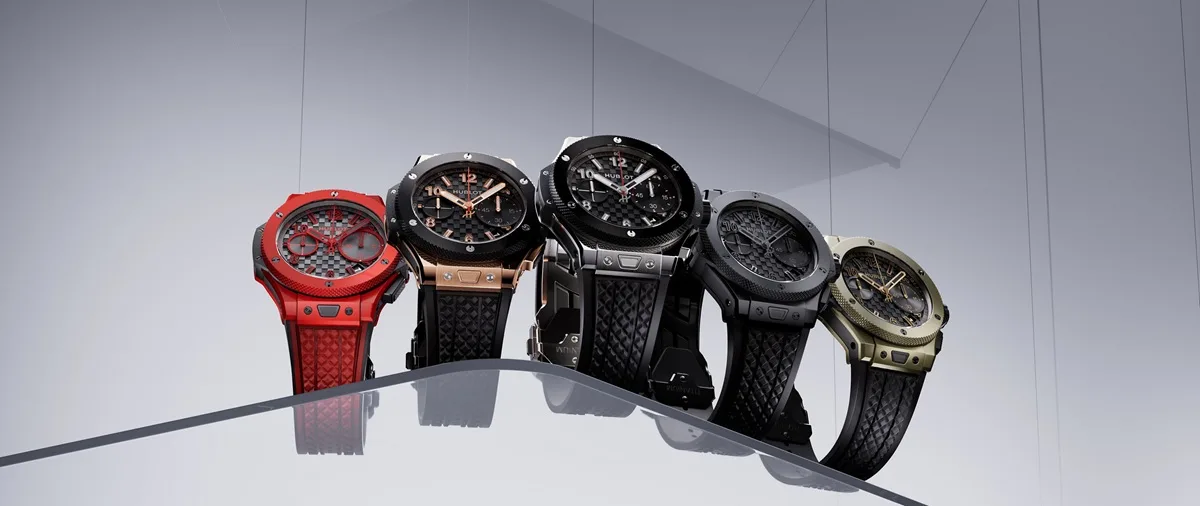
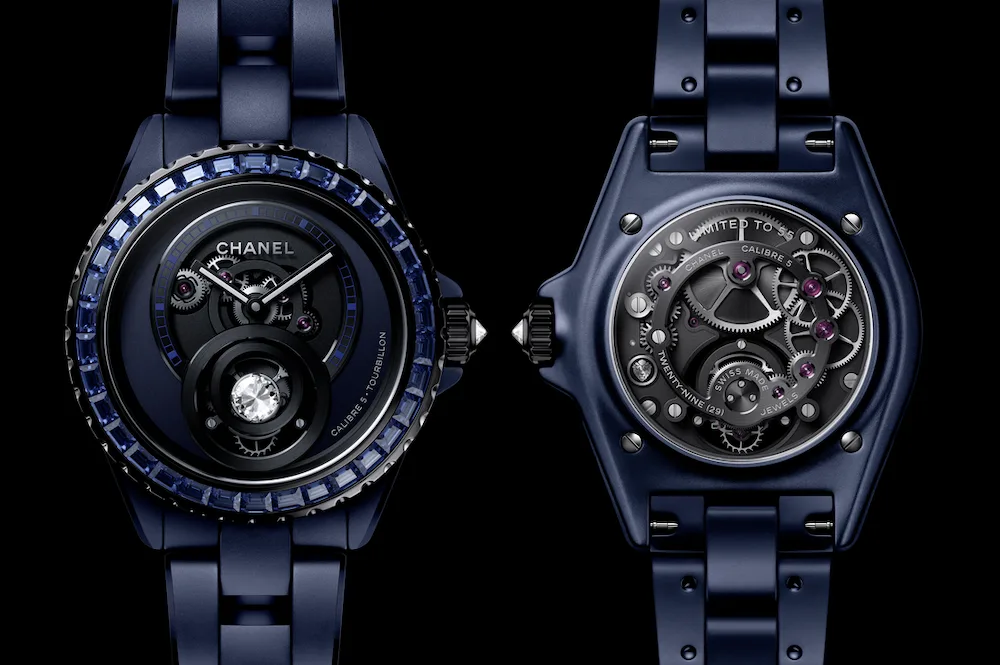
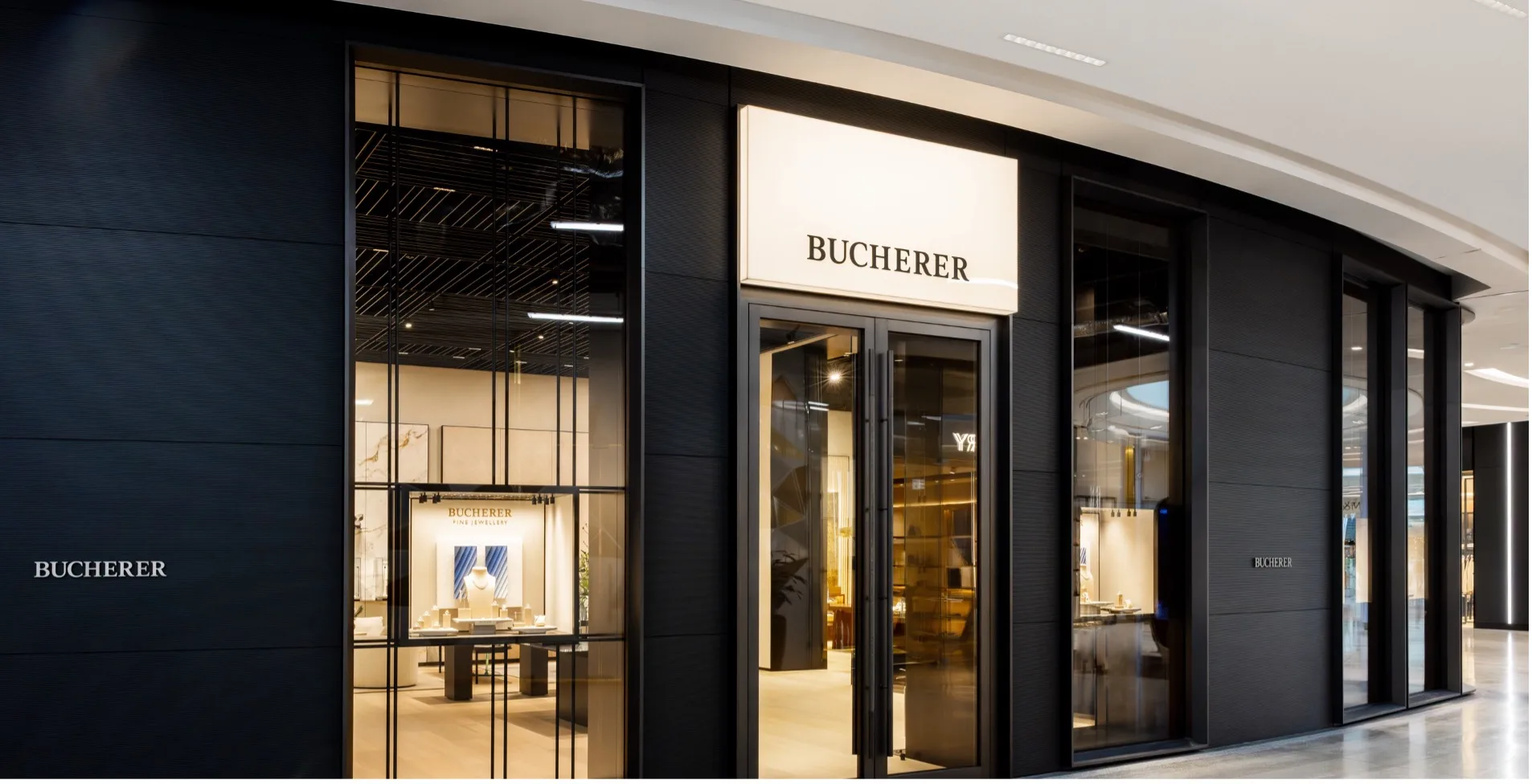

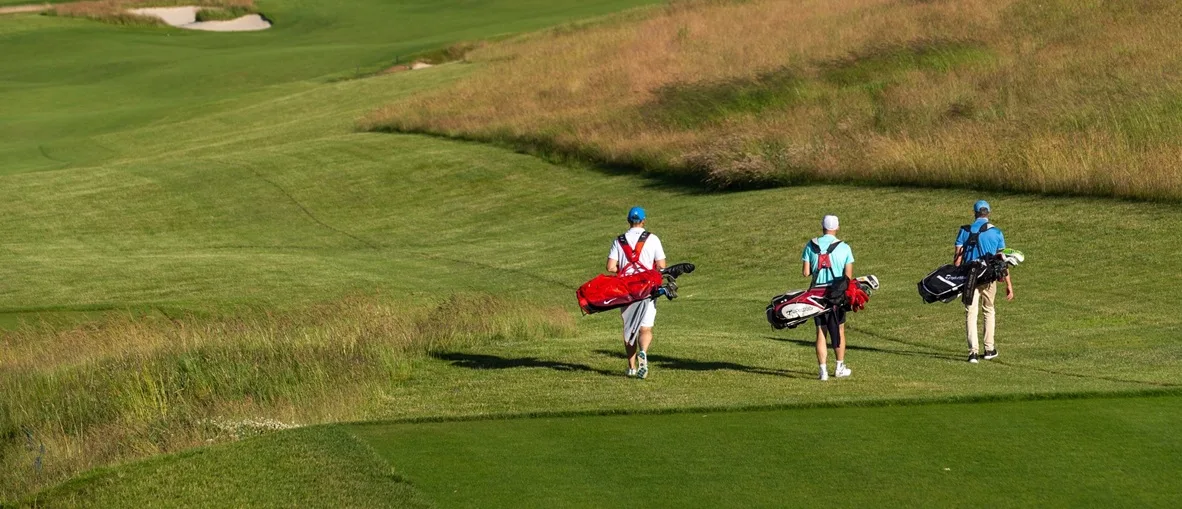





Show Comments +